



The sooner kids start learning to manage their own money, the better their chances of financial success throughout their lifetime. Check out Investopedia’s “8 Financial Tips for Young Adults.”

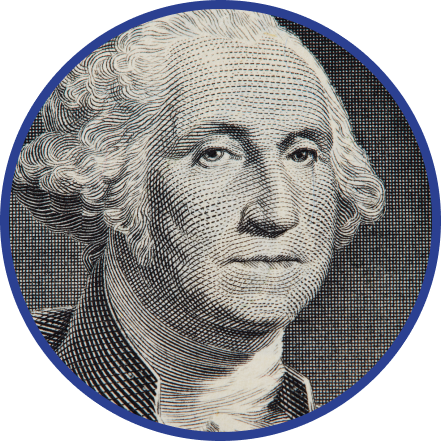
Did you know?
The dollar bill is so light because of the use of linen and cotton in its production. The dollar contains 25% linen and 75% cotton. If you have a million dollars, all in one-dollar bills, then you may wonder how much that weighs. Since each dollar weighs about one gram, it’d come out to around 2,200 pounds. That’s just over a ton. Try carrying that in your pocket!
Did you know?
No matter the value of the bill, it always weighs one gram. That’s because each bill has the same proportions. The only difference is the ink on each one, which denotes its amount.
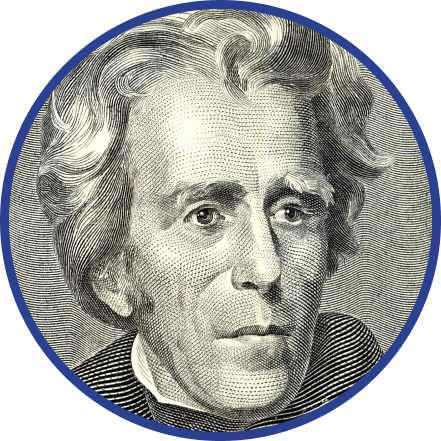
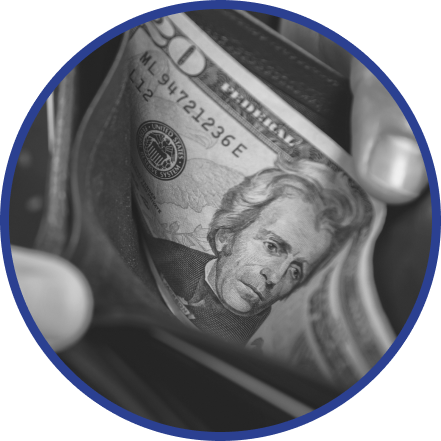
Did you know?
The next most counterfeited bill is the $100 bill. The U.S. $100 bill is the most frequently counterfeited in foreign countries. How can you check your $20 bill? According to uscurrency.gov: The $20 note features subtle background colors of green and peach. The $20 note includes an embedded security thread that glows green when illuminated by UV light. When held to light, a portrait watermark of President Jackson is visible from both sides of the note. The note includes a color-shifting numeral 20 in the lower right corner of the note.
Did you know?
Most transactions are digital, so no physical currency exchanges hands. Just think about how often you pay for things with your credit or debit card or online using PayPal. This is why only 8% of currency is physical currency. According to Invstr: “All in all, there are 180 different types of currencies in the world today. And incredibly, only 8% of it is actual, physical, hold-it-in-your-hand cash. On reflection, this might not seem so surprising. Internet banking has never been more popular, and the huge selection of digital payment methods has helped phase out the need for bills and coins. But still, when we think of money, we picture paper and metal – not numbers on a screen. Today, many of us are now earning and spending money without ever actually touching it. So how does that impact its value – and its future?”
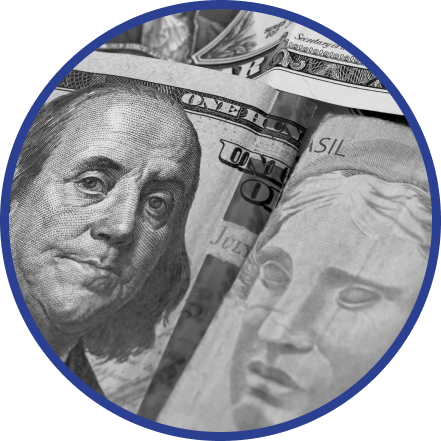
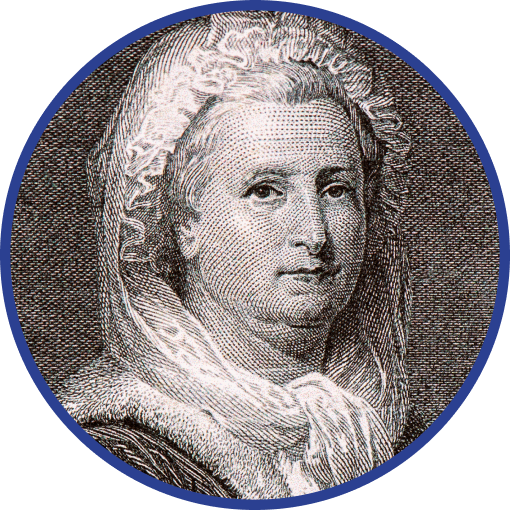
Did you know?
Martha Washington’s image appears on the $1 Silver Certificate. According to GovMint.com: The 1886 series was the very first of the $1 Silver Certificate notes, and this note has been ranked as #50 in the book, 100 Greatest American Currency Notes. The note was so popular that Martha Washington returned for a second series with a slightly revised design in 1891. On the front left of the note is the famous portrait of Martha Washington, with a large “1” opposite her in a decorative frame. This side of the note also features a large red spiked seal.
Did you know?
Salmon P. Chase served as the 25th Secretary of the Treasury, was the sixth chief justice in the Supreme Court, and was the governor of Ohio. He was one of the few people who served in all three federal government branches. According to the U.S. Department of Treasury: How Secretary Chase came to be portrayed on the one dollar bill is described in a pamphlet of his speeches, “Going Home to Vote.” Chase stated: “I went to work and made ‘greenbacks’ and a good many of them. I had some handsome pictures put on them; and as I like to be among the people, and was kept too close to visit them in any other way, and as the engravers thought me rather good looking, I told them they might put me on the end of the one-dollar bills.” Chase must have been favorably impressed with his dollar bill image because he had the same engraved image printed on his personal calling card. One surviving calling card bears Chase’s signature and the date, “Feb. 11, 1862,” which suggests that the engraving for the banknote was produced within a month from when the image was taken at Henry Ulke’s studio. The same image of Chase, taken from the Ulke’s 1862 photograph, had one other iteration on national currency. The same portrait of Chase was put on the $10,000 bill which was printed between 1918 – 1946.
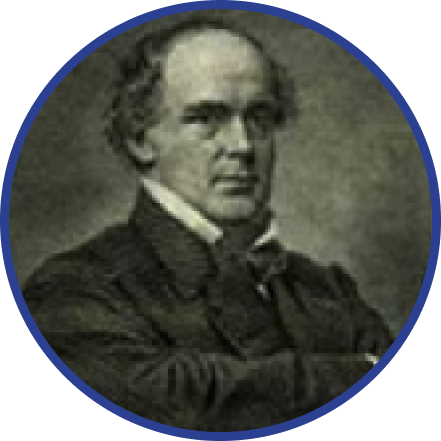
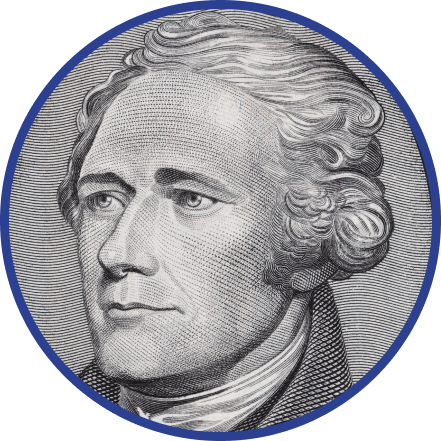
Did you know?
Andrew Jackson is featured on the $10 bill. The $10 bill is unique in that it is the only denomination in circulation in which the portrait faces to the left.
Did you know?
Benjamin Franklin, on the $100 dollar bill, and Alexander Hamilton, on the $10 dollar bill, are the only non-presidents on U.S. currency. There have been other important historical figures on currency in the past, but none are currently in circulation.
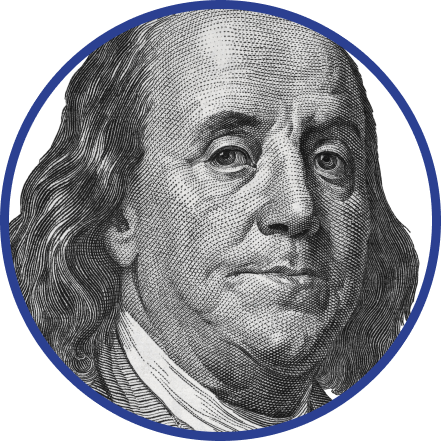
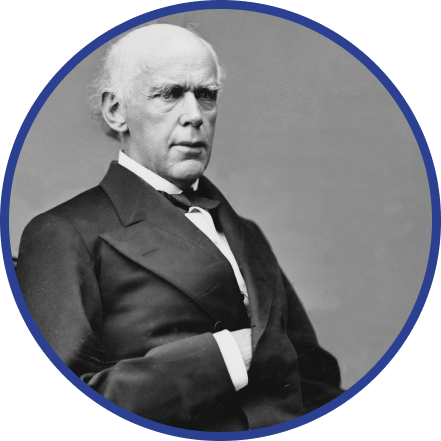
Did you know?
According to FederalReserve.gov: The Federal Reserve Board currently issues $1, $2, $5, $10, $20, $50, and $100 notes. The largest denomination Federal Reserve note ever issued for public circulation was the $10,000 note. On July 14, 1969, the Federal Reserve and the Department of the Treasury announced that banknotes in denominations of $500, $1,000, $5,000, and $10,000 would be discontinued due to lack of use. Although they were issued until 1969, they were last printed in 1945.
Did you know?
In 1866, the United States Congress passed a law prohibiting portraits of living persons from appearing on any bonds, securities, monetary notes, or postal currency, which is still in effect today.
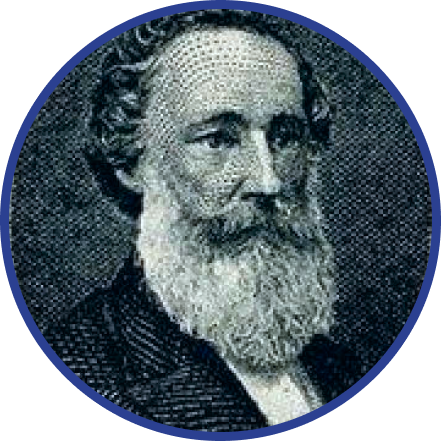
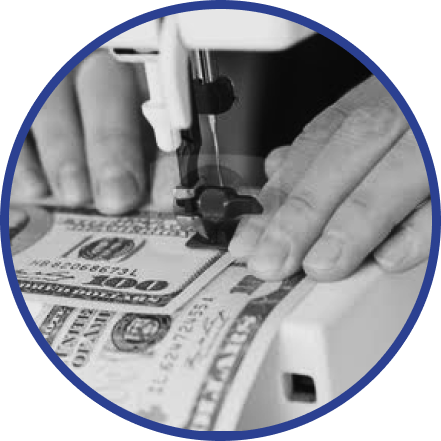
Did you know?
U.S. paper currency is 75 percent cotton and 25 percent linen. In Ben Franklin’s day, people repaired torn bills with a needle and thread!
Did you know?
The Bureau of Engraving and Printing prints 37 million notes a day with a value of around $696 million dollars. Between the Fort Worth Texas and the Washington D.C. facilities, The Bureau of Engraving and Printing uses about 18 tons of ink per day.
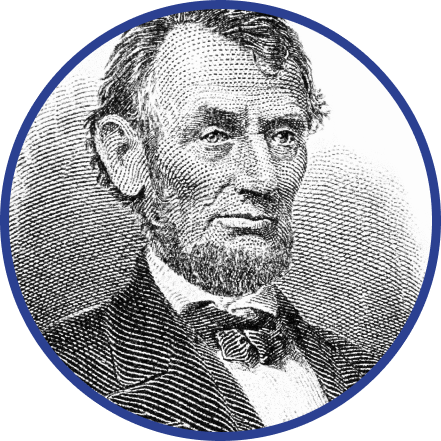


The sooner kids start learning to manage their own money, the better their chances of financial success throughout their lifetime. Check out Investopedia’s “8 Financial Tips for Young Adults.”

Patrolmen’s Dispatch. © 2022 ALL RIGHTS RESERVED.
We’d love to add you to our mailing list.